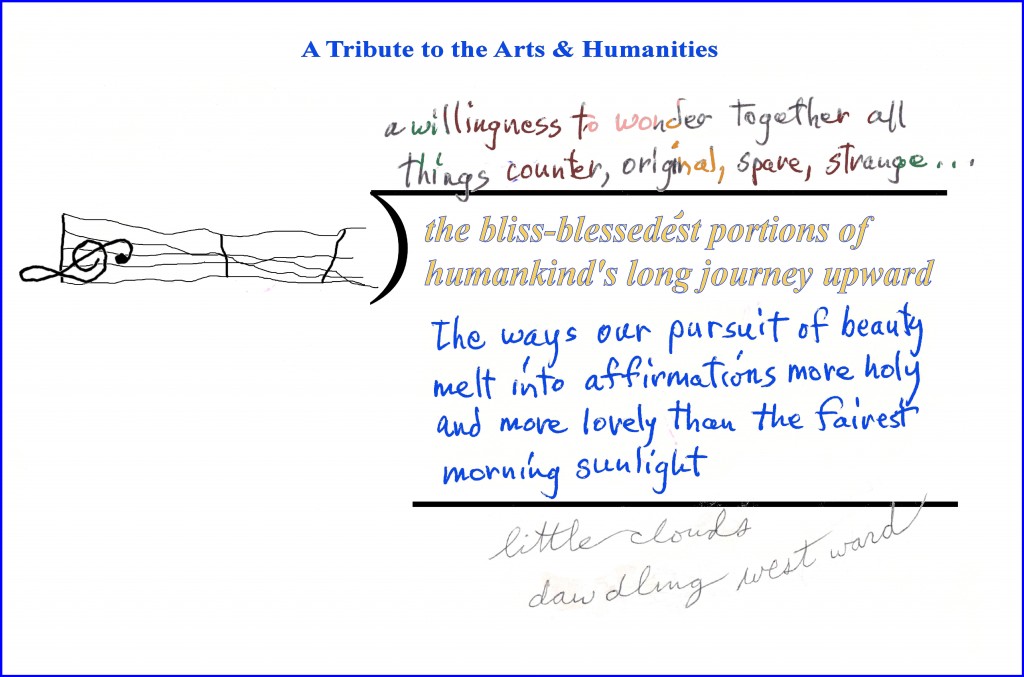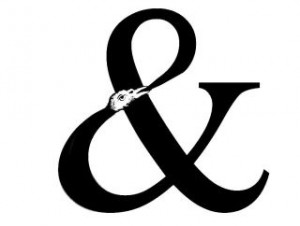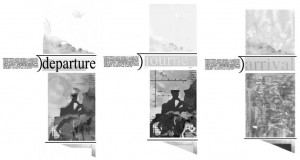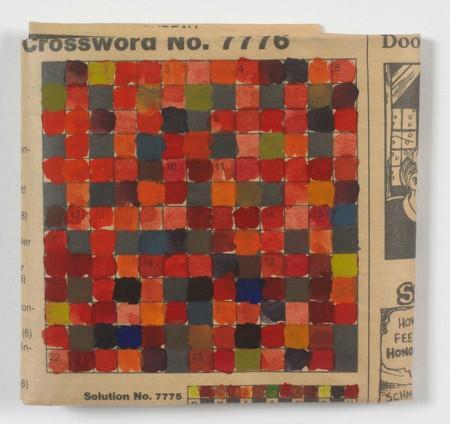Entry 448 — Another Terminological Change
.
Although many of my coinages sound pretentious, I always aim for ordinariness. It’s not that easy to achieve. Hence, “xenological poetry” as one of my main categories of poetry. Well, I suddenly saw yesterday that “dislocational poetry” could takes its place. Ironically, that was the very first name I gave such poetry–surrealistic and jump-cut poetry–thirty or forty years ago. I don’t know why I dropped it. I see no reason not to use it now, though, so will.
Meanwhile, I also realized that “vaudevillic” as a term for all varieties of jump-cut poems is unfair since some of them cohere quite nicely. So I’m bringing back “jump-cut” to its previous position, and demoting “vaudevillic” to a secondary position as an adjective describing one kind of jump-cut poems, the other kind being, “convergent jump-cut poems.” Be sure to update your copies of A Preliminary Taxonomy of Poetry,” students.
I’ve made a change in what constitutes aesthetic pleasure, too: one of two things, fundaesthetic pleasure or pleasure due to fundaceptual stimuli, and anthraesthetic pleasure, or pleasure due to anthroceptual stimuli. Then there’s a sort of new word, “osmoticism,” for the ability to learn osmotically, and its antonym, “unosmoticism,” which I use to represent one of the many intellectual dysfunctions of people who don’t believe in Shakespeare.
Last, and close to least is, “lifage,” my word for anything a person uses to trade when attempting to increase the pleasure-to-pain ratio of his life. An economics term. There are two kinds of lifage, “inborn” and “acquired,” the latter of which is a person’s private property. I came up with it because I needed some such term for what one trades to another when one rents a house to the latter in return for (the lifage) of money. It’s not the lifage of the house (assuming for the sake of argument that it is as good after the rental period as it was before it) but the actual hours of life the landlord gives up, hours he could have used enjoying the house himself and which are permanently lost. In other words, the term, “unearned income,” is nonsense.







Bob, I didn’t bank on a posting from the hospital, but I’d hoped for some word by now. Get back to me (or the world in general) as soon as you can, so we know what’s up.
Geof